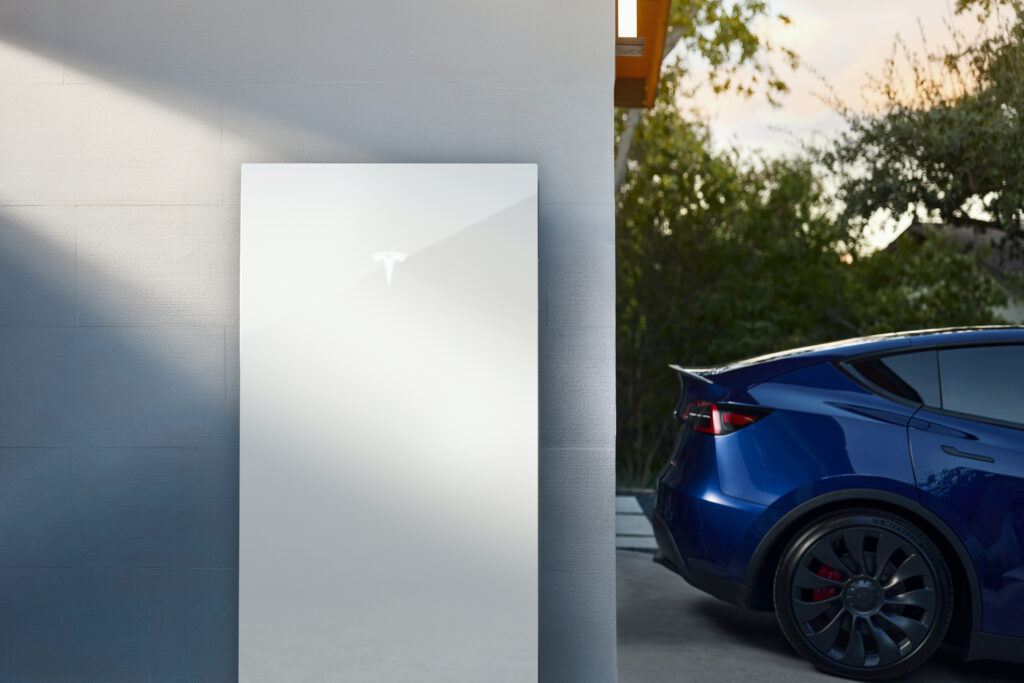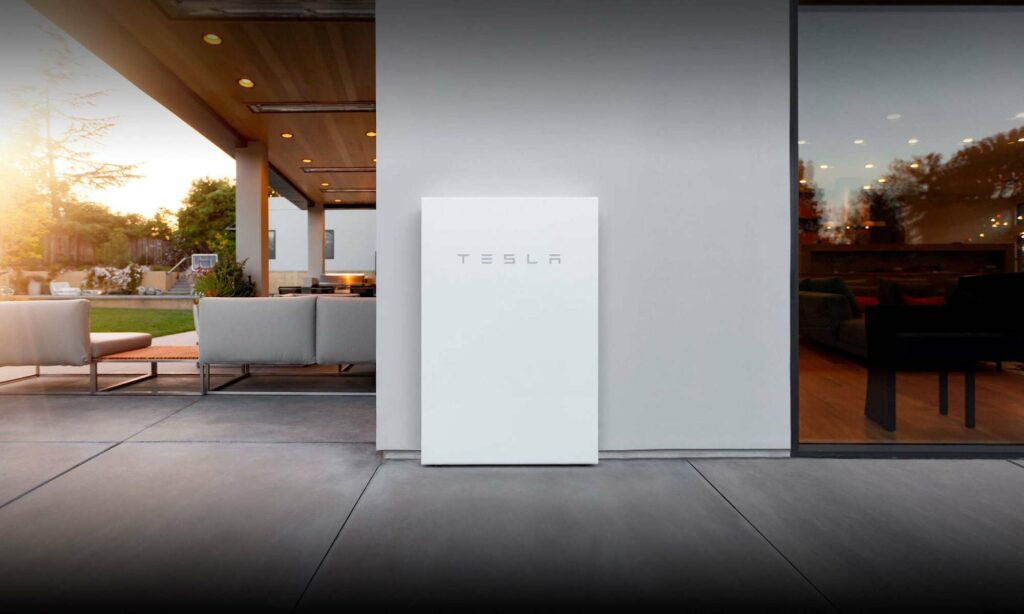Residential Energy Storage Set to Explode In Australia
Home » Residential Energy Storage Set to Explode In Australia
Australia’s love for Solar Energy is set to see an explosion in Residential Energy Storage
According to the latest commentary published by US analysis firm GTM Research, Australia has huge potential for energy storage which is being driven by the success of the Australian PV Solar industry. Industry predictions are that that by 2020, Australia will be installing 244MW of storage capacity on a yearly basis, as listed in the commentary “The Australian energy storage market: Downstream drivers and opportunities” authored by GTM’s Brett Simon.
Adding to this potential explosion in residential energy storage is the big drop in the feed-in tariff (FiT) rates, or FiT schemes closing early, as discussed in our previous blog. Australia has different FiT schemes for different regions, with different timelines for their phase out which will mean storage makes economic sense for a majority of homeowners.
In fact, the closing of Feed-in-Tariffs (FiTs) for solar installations in the Australian state of New South Wales (NSW) has been set for the end 2016. NSW is the first of the FiTs schemes to end after they were introduced into the different Australian states four years ago. The NSW scheme accounts for around 160,000 homes. As for the other states, the FiTs will end as follows:
- New South Wales – 2016
- Tasmania – 2018
- Western Australia – 2021
- Victoria – 2024
- Queensland – 2028
- South Australia – 2028
Most consumers receive AU$0.2-0.6 under their FiT schemes. Consumers with a 2-5kW scheme system on their house in NSW, will be in a position to either install an energy storage system or return to the default power tariff offered by the energy retailers. The majority of consumers on the FiTs scheme are also on gross meters, which means they are exporting most of their power. Here at SAE we believe many of them will move onto net-meters, with the combination of energy storage and have written a blog to clear up the confusion which you can read here.
Commercial-scale storage, while not enjoying prospects for growth as much as residential, will nonetheless ramp up rapidly too. “Customer education is a key area in the storage space right now, particularly as residential energy storage is a developing market. Energy storage involves a number of different components as we have discussed here, and companies need to be clear on their actual pricing, specifically, what the price entails i.e. whether power electronics are included, whether solar panels are included, and so on. Customer education is also key for showing how the system can provide benefits which is an area that will improve as energy storage systems become more common.”
Recent announcements from Tesla and Enphase have confirmed that both US companies share the enthusiasm of GTM and others for the emerging household solar-plus-storage market in Australia. Tesla has confirmed Australia will be one of the initial markets for Powerwall when the EV maker’s home storage battery finally hits the shelves, with Enphase expected to follow suit.
 Meanwhile, Tesla’s collaborator on battery packs, Panasonic, is already trialing multiple applications of its own branded home storage devices with utility Red Energy. According to the GTM report, the interest not only of international firms to sell into Australia but also of Australia’s electricity retailers to diversify into solar-plus-storage, is a strong indication of its future trajectory.
Meanwhile, Tesla’s collaborator on battery packs, Panasonic, is already trialing multiple applications of its own branded home storage devices with utility Red Energy. According to the GTM report, the interest not only of international firms to sell into Australia but also of Australia’s electricity retailers to diversify into solar-plus-storage, is a strong indication of its future trajectory.
If you would like to learn more about Residential Energy Storage or even if you are a potential solar panel buyer with a dream of energy storage, it’s important to get the right advice. Our specialist Solar team is offering a wide range of competitively priced next-generation battery systems from the world’s leading manufacturers, installed by knowledgeable, experienced solar storage professionals. Contact us today for a quote and make sure you don’t miss out.
Click Here For Your FREE Quote







